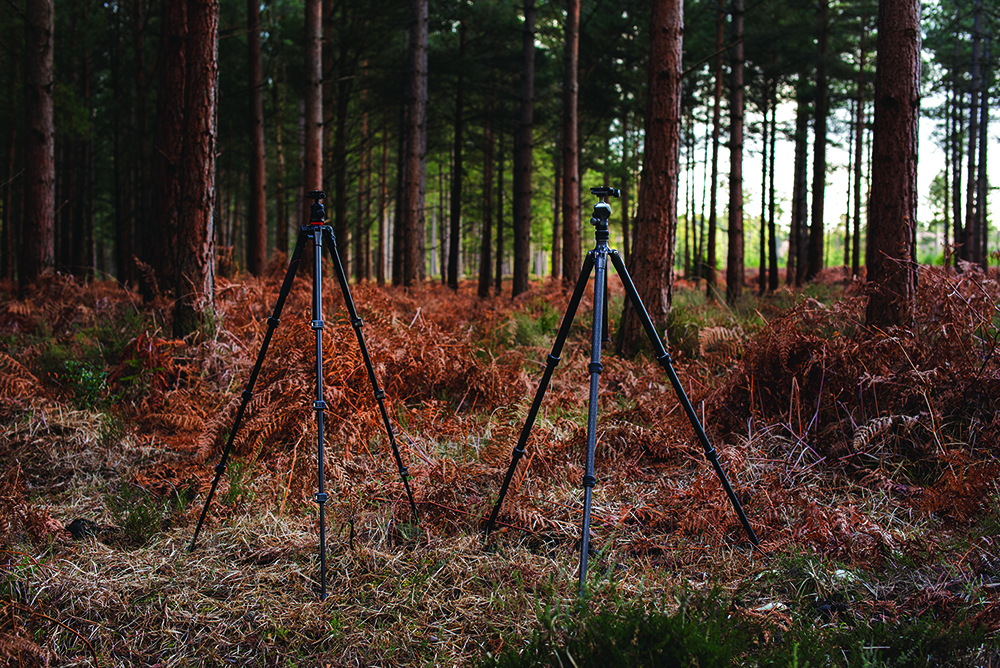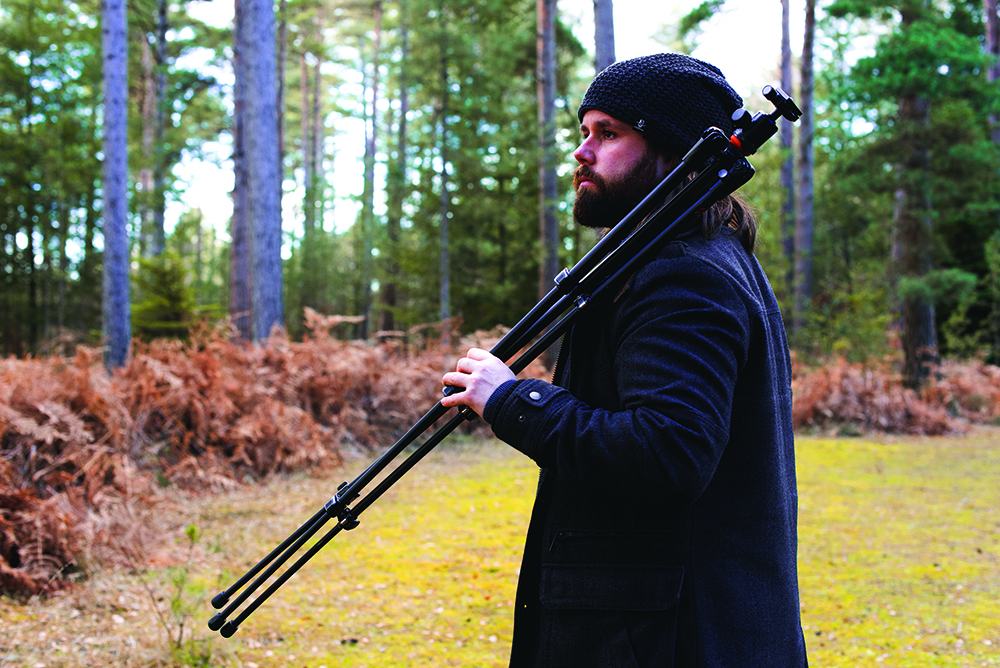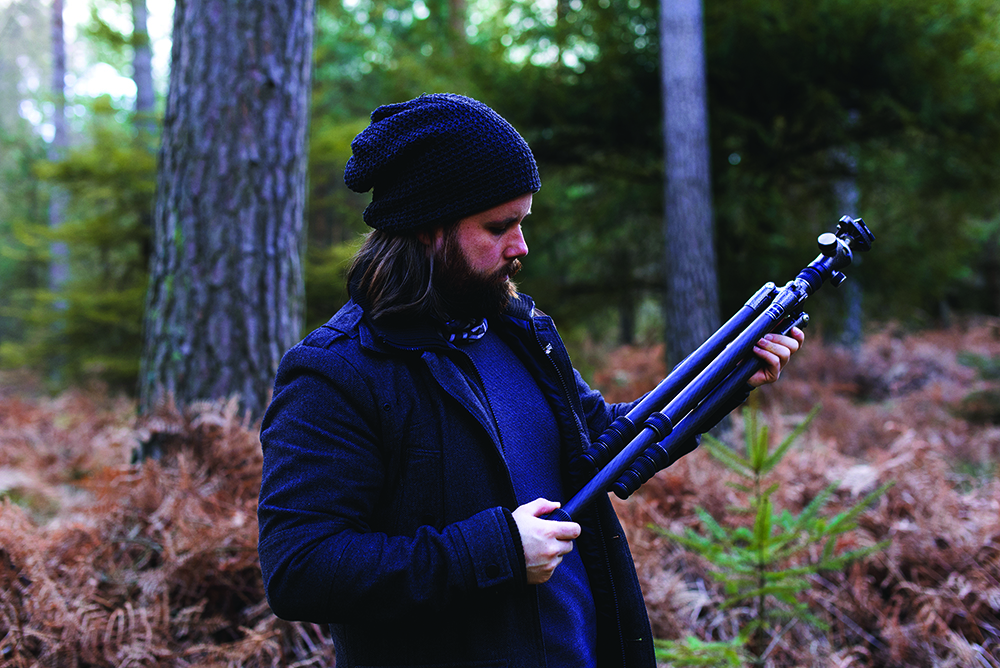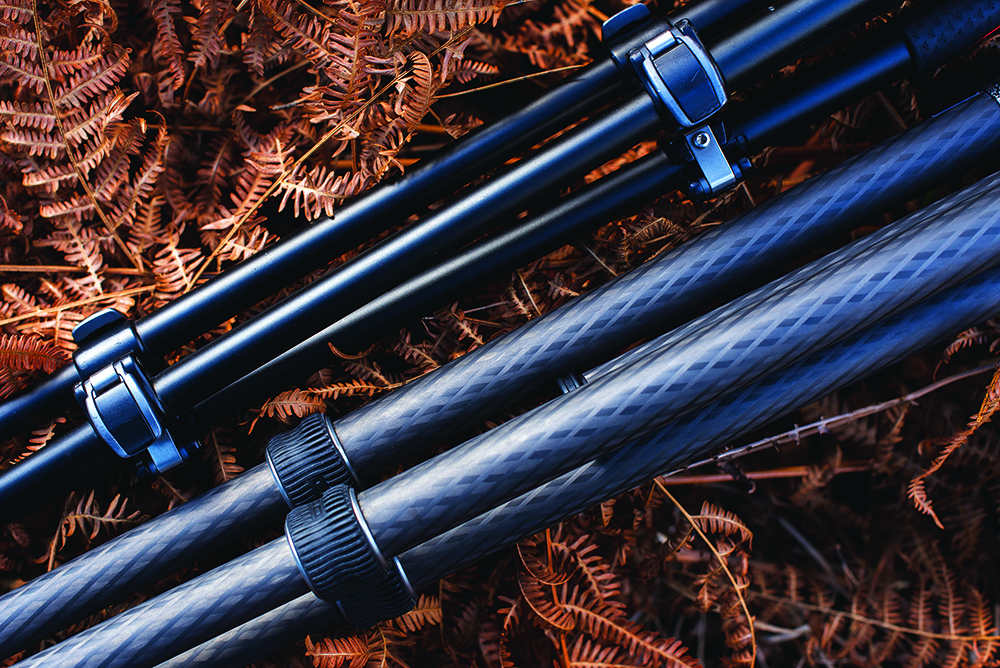Carbon fiber vs aluminum tripod – which is best for photography?
Should you buy a stronger and lighter carbon fiber tripod over a cheaper aluminum one? We weigh up the options

Tripods are commonly used to steady the camera, reducing involuntary camera shake caused by shooting handheld at slow shutter speeds, or simply to give the photographer the ability to tweak composition more accurately than a handheld shot would allow.
Tripods were traditionally made from aluminum, but more recently the best carbon fiber tripods have become popular, being touted as stronger and lighter than their metallic counterparts. And while carbon fiber is the more expensive material, prices have come down over recent years.
When we refer to tripod ‘strength’ we’re essentially talking about stiffness – resistance to compression when a load is placed on top.
Without getting overly technical, stiffness is measured in gigapascals (GPa), and aluminum scores 69 compared to around 181 for carbon fiber. So for the same diameter tripod leg, carbon fiber is much stronger, and because the material is less dense, it’s far lighter too.
That’s not quite the full story; because carbon fiber is manufactured in a highly technical process, and mixed with a resin to give it its shape, there are different grades of quality, but generally speaking it’s stronger and lighter.
And it’s only the leg tubes that are made of carbon fiber; joins between leg sections and the head assembly still require metal components, meaning a typical weight saving of around 20-30% over an aluminum model. Let’s take a closer look at what you should be considering when buying a aluminum or carbon fiber tripod.
Aluminum
Why you can trust Digital Camera World

Aluminum tripods are actually created from an aluminum alloy, and while not the strongest metal available, it is relatively strong for its weight. It also has the benefit of being fairly malleable, meaning that if you manage to damage it via impact, it will more likely become bent rather than completely broken, and therefore still be usable.
Carbon fiber

A composite material, strings of carbon atoms are set in a plastic resin, and have a very high strength-to-weight ratio, meaning that tripods made from the material are much lighter to carry. However, while tougher than aluminum, if it suffers from a sudden impact its greater rigidity means it’s prone to cracking or shattering,
What can you afford?

Both types of tripod come with a wide range of price tags, depending on how tall they extend and small they fold, load rating, quality and features. Aluminum is typically 30-50% cheaper than a comparable carbon fiber model, so it’s not just a case of how light you want your tripod, it’s also how much lighter you want your wallet to be.
Read more:
Best ball heads for tripods
The best tripod for your camera
The best travel tripods right now
The best tripods for video
Get the Digital Camera World Newsletter
The best camera deals, reviews, product advice, and unmissable photography news, direct to your inbox!
N-Photo: The Nikon Magazine is a monthly publication that's entirely dedicated to Nikon users. As a 100% independent magazine, you can be assured of unbiased opinion from a trustworthy team of devoted photography experts including editor Adam Waring and Deputy Editor Mike Harris.
Aimed at all users, from camera newcomers to working pros, every issue is packed with practical, Nikon-specific advice for taking better photos, in-depth reviews of Nikon-compatible gear, and inspiring projects and exciting video lessons for mastering camera, lens and Photoshop techniques.
Written by Nikon users for Nikon users, N-Photo is your one-stop shop for everything to do with cameras, lenses, tripods, bags, tips, tricks and techniques to get the most out of your photography.
